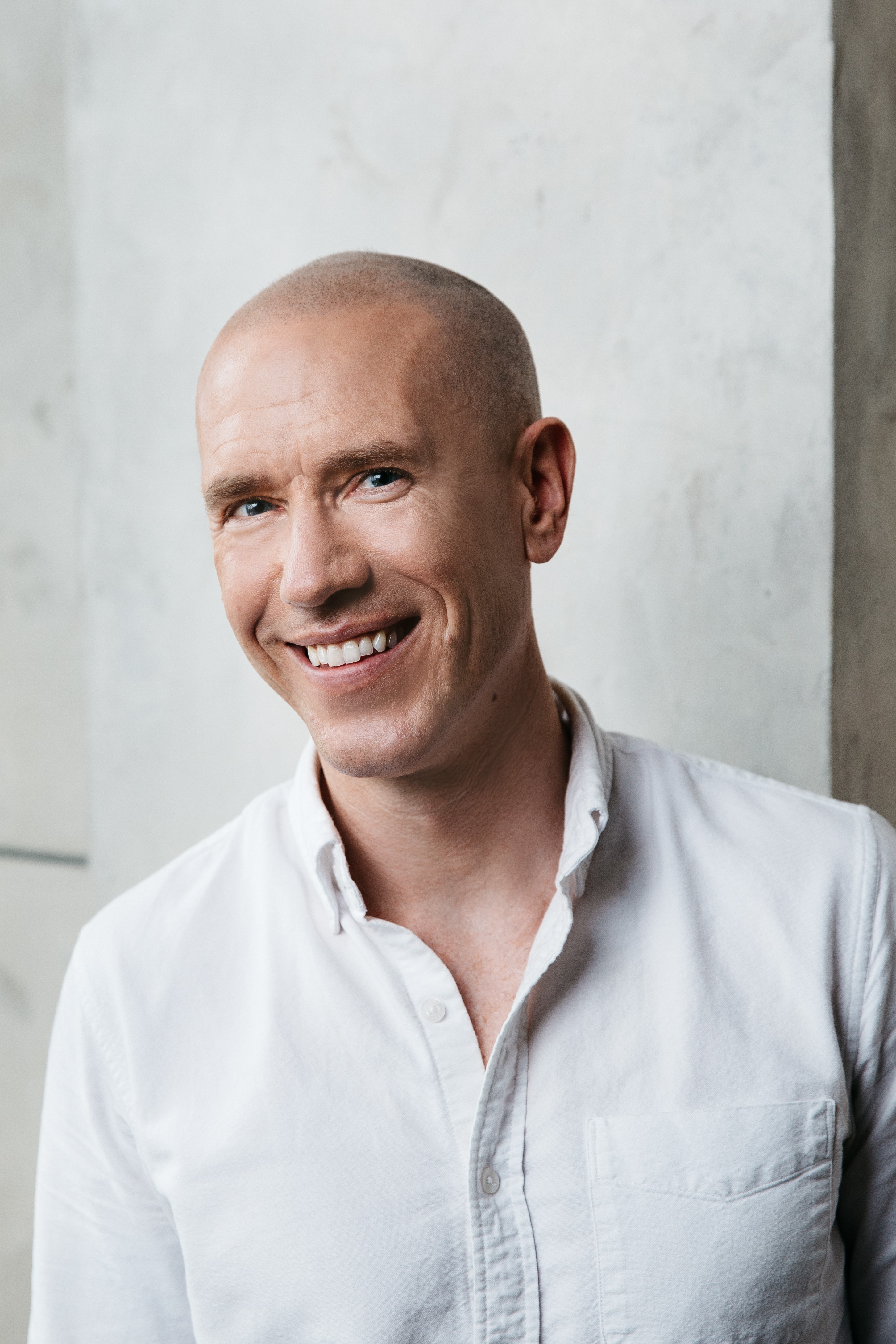What gets in the way of powerful place-branding?
Working in place-branding is addictive. Before working with cities and states, on brand story and strategy, I had worked with corporations using a similar narrative-based method to answer a fundamental question — why?
The difference with place-branding is we don’t leave our homes at 5:00pm. Home is a reflection of who we are, at our best, and who we hope to be. There is always a deep, meaningful reason why we choose to live where we live. We want to express our pride in an authentic way, celebrate what makes us unique, and reinforce it in the way we plan and build together.
It’s a spiritual matter. This is why we all love this work so much. This is also why it can sometimes be heart-breaking.
What gets in the way of powerful place-branding?
Tradition
Online, you can find plenty of standard RFPs (Requests for Proposals) that steer cities and states in the direction of traditional ad agency solutions: a new logo, a new tagline or slogan, and an expensive campaign to “get the word out.”
For agencies, it’s enormously lucrative to position a city like a bank or a new brand of toothpaste. They collect the fees from workshops and consultation sessions that aren’t really consultation sessions, from their creative solution, and — most importantly — from the media buy.
The part we love, the research, discovery, and long-term strategy, is the least profitable component. This is why Leeds and Hong Kong can both be stamped with a phrase like “Live It Love It.” A cliché is comforting, and ultimately a city council, an economic development board, or a state government has to sell a product to its citizens.
Imagine the £300,000 market research study asking citizens whether or not “Live It Love It” is wonderful. Of course it is! Does it even hint at what makes a city and its people unique? That doesn’t matter much if you’re collecting millions of pounds in fees.
In Tasmania, recently, we interviewed a random sample of 200 people, one on one. It is orders of magnitudes more difficult and more expensive than creating a list of the universal synonyms of place goodness — innovative, resilient, diverse, dynamic, world-class — and putting together a slogan that could work for anywhere.
But unless city and state administrators know what to ask for, they will continue to buy snake oil. This is why City Nation Place, The Place Brand Observer, the Place Marketing Forum and other institutes and organizations are so important. Slowly, over time, we can help eliminate the ineffective and needlessly expensive, top-down agency solution that has very little to do with the people who actually live in these places.
Legacy
Most cities and states have an enduring slogan, the 1950s approach to place-branding. Of course, many of the people who live there are quite attached to it even if it is ineffective or even damaging to the place and its reputation.
When we worked for Edmonton, concrete signs on the outskirts of the city claimed it was the City of Champions. This was a reference to the glory days of professional hockey and football successes in the 1980s.
To the successful people who came of age at that time, it meant something. Yet the city shared the slogan with Boston, Pittsburgh, Detroit, Cleveland, and several other smaller places with sports championships. While there were always efforts to expand the definition of “champion” into volunteers and first-responders, in all cities, it was impossible to find a differentiator, an essence, or uniting story around it. There was no way to use it.
In fact, when we conducted our interviews the quiet humility of Edmontonians ran entirely counter to the phrase.
Yet we had to be careful. I made the mistake of arguing against the slogan when champions of the City of Champions were insulted by the process we were undertaking. Over time, we realized that if we simply told the story we heard in our interviews back to Edmontonians, and invited them to act on it, the old slogan — a part of the city’s sports heritage — would not get in the way of our success.
Politics
The ideal time to launch a place-branding exercise is after an election, with a feeling of renewal in the elected administration.
We once completed a meaningful and successful place-branding exercise just as an election cycle was beginning. Two of the mayoral candidates were deeply involved in the process and saw how citizens were responding to it. A populist candidate put a target on our work as a waste of taxpayer’s money, and there was no economic argument we could use to convince him otherwise.
If he had won he might have rejected the research and findings and shut down the economic development office responsible for bringing the brand story to life. In the end, one of the supportive candidates won the election. He used some of the language of the place-branding exercise to his advantage and continued to support and use the brand in his administration. But it could have gone the other way.
Bureaucracy
Change is hard, especially for a public service of ten or one hundred thousand employees. A place-brand is not only about communication. It is the way we build and create and grow together: in tourism and economic development, in city planning, in social and cultural policy. There is always a way to bring the brand into the department responsible for sewers.
But it nearly always requires a shift in thinking. We have been too forceful, at times, in pushing the brand on a bureaucracy with the naïve view that it is easy to change the direction of a massive institution with the power of a good idea. It doesn’t matter if it is true, or compelling, or beautiful. When a good idea gets in the way of someone’s job, someone’s ambition, that person will fight the brand from the inside.
The Solution is Ownership
The only way to make a place-brand work is to invite people to own it: the senior administrators and the public servants who hire us and, more importantly, the thousands or millions of people who will live with the brand long after we are gone. As I said before, place-branding is a spiritual matter. In our work, we must act with humility, curiosity, empathy, and grace. Whenever I have forgotten this, I have failed.
If the effort is both top-down and bottom-up, soon everyone will forget the “place-branding experts” were ever there. The brand will feel organic and essential. It will come to feel like the city or the state’s DNA. Citizens will tell the story, in their own words, and act on it every day.

Author: Todd Babiak, co-founder of consultancies Story Engine and Places are People, was behind the City Nation Place Award winning strategy “Make Something Edmonton” and has since been consulting a number of places around the world to help them find their master story, and bring it to life.









